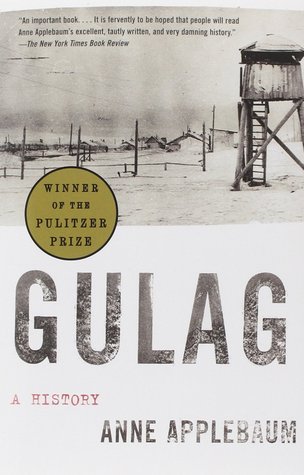More on this book
Community
Kindle Notes & Highlights
Gulag did not cease growing in the 1930s, but rather continued to expand throughout the Second World War and the 1940s, reaching its apex in the early 1950s. By that time the camps had come to play a central role in the Soviet economy. They produced a third of the country’s gold, much of its coal and timber, and a great deal of almost everything else.
From 1929, when the Gulag began its major expansion, until 1953, when Stalin died, the best estimates indicate that some eighteen million people passed through this massive system.
“Human knowledge,” once wrote Pierre Rigoulot, the French historian of communism, “doesn’t accumulate like the bricks of a wall, which grows regularly, according to the work of the mason.
No one wants to be told that there was another, darker side to Allied victory, or that the camps of Stalin, our ally, expanded just as the camps of Hitler, our enemy, were liberated. To
No one wants to think that we defeated one mass murderer with the help of another. No one wants to remember
And this, finally, is what links the camps of the Soviet Union and those of Nazi Germany in the most profound sense of all: both regimes legitimated themselves, in part, by establishing categories of “enemies ” or “sub-humans” whom they persecuted and destroyed on a mass scale.
From the very earliest days of the new Soviet state, in other words, people were to be sentenced not for what they had done, but for who they were.


